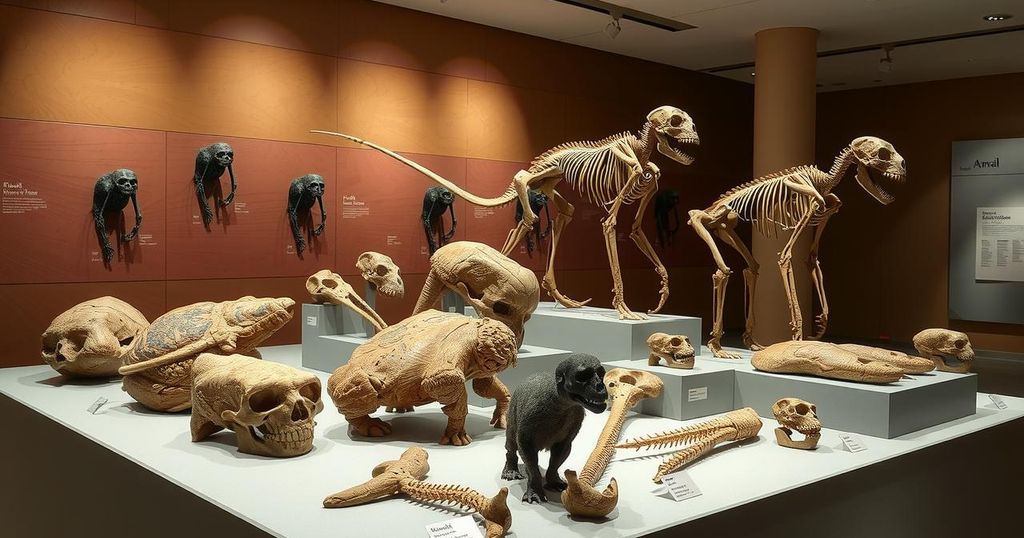AI
Science
ARTIFICIAL INTELLIGENCE, ASIA, CALIFORNIA, CHAO - YANG LU, CHAR, CHINA, DATA CENTERS, ECOSYSTEM, GOOGLE, IBM, INNOVATION, JULIAN KELLY, MICHAEL NEWMAN, MOUNTAIN VIEW, NATURE, NORTH AMERICA, RESEARCH AND DEVELOPMENT, SCIENCE, SHANGHAI, UNITED STATES, UNIVERSITY OF SCIENCE AND TECHNOLOGY OF CHINA
James O'Connor
0 Comments
Google’s Willow Chip: A Pioneering Leap Towards Practical Quantum Computing
Google’s new quantum chip, Willow, successfully demonstrates the first ‘below threshold’ quantum calculations, heralding a significant advancement in accuracy and error correction. With its 105 physical qubits, Willow can perform calculations in minutes that would take current supercomputers millions of years. This marks a pivotal leap towards making quantum computers commercially viable for unprecedented scientific discoveries and applications.
In a groundbreaking moment for quantum computing, Google’s researchers have unveiled a new chip named Willow that surpasses key thresholds in quantum accuracy. The experiment, detailed in the prestigious journal Nature, showcases how quantum calculations can achieve impressive precision when combined with effective error-correction methods. This achievement is pivotal because current quantum systems lack the necessary accuracy for commercial usage, but Willow demonstrates that approaching practical quantum computer applications is now conceivable, even within the decade.
Willow boasts 105 physical qubits, enhancing Google’s previous technology. This remarkable chip can complete complex tasks in mere minutes, which would typically take the world’s largest supercomputer about 10 quintillion years. According to Hartmut Neven, head of Google’s quantum division, the effective generation of logical qubits reflects a significant decline in error rates, carving a path towards a fully operational quantum computer capable of achieving astonishing breakthroughs in varied scientific fields.
The implications of Willow’s capabilities extend beyond simple calculations; it signifies how quantum hardware can be refined to minimize errors, paving the way for future applications. As researchers continue to refine their techniques, they inch closer to developing a quantum computer that could outpace today’s best supercomputers, revolutionizing not only data processing but also scientific discovery. The promise of a quantum future is tantalizing, filling the air with possibilities that can change the landscape of technology and intelligence itself.
Quantum computing has long been portrayed as the frontier of technological advancement, enabling rapid calculations and data processing beyond the capabilities of classical computers. Powering this revolution is the delicate nature of qubits – the fundamental units of quantum information – which can exist in multiple states simultaneously. However, maintaining the integrity of these states is challenging due to environmental influences and inherent errors in calculations. For years, researchers have pursued effective error-correction techniques to combat these challenges, making Google’s recent milestone particularly significant.
In essence, Google’s Willow represents a monumental step forward in quantum computing, achieving essential accuracies that promise transformative capabilities in processing and computation. The advancements in error correction and logical qubit formation are paving the way toward a future where quantum computers play an instrumental role in understanding and solving complex scientific problems. This leap brings us closer to realizing a vision that has long been the subject of speculation and excitement in the field of technology.
Original Source: www.nature.com




Post Comment